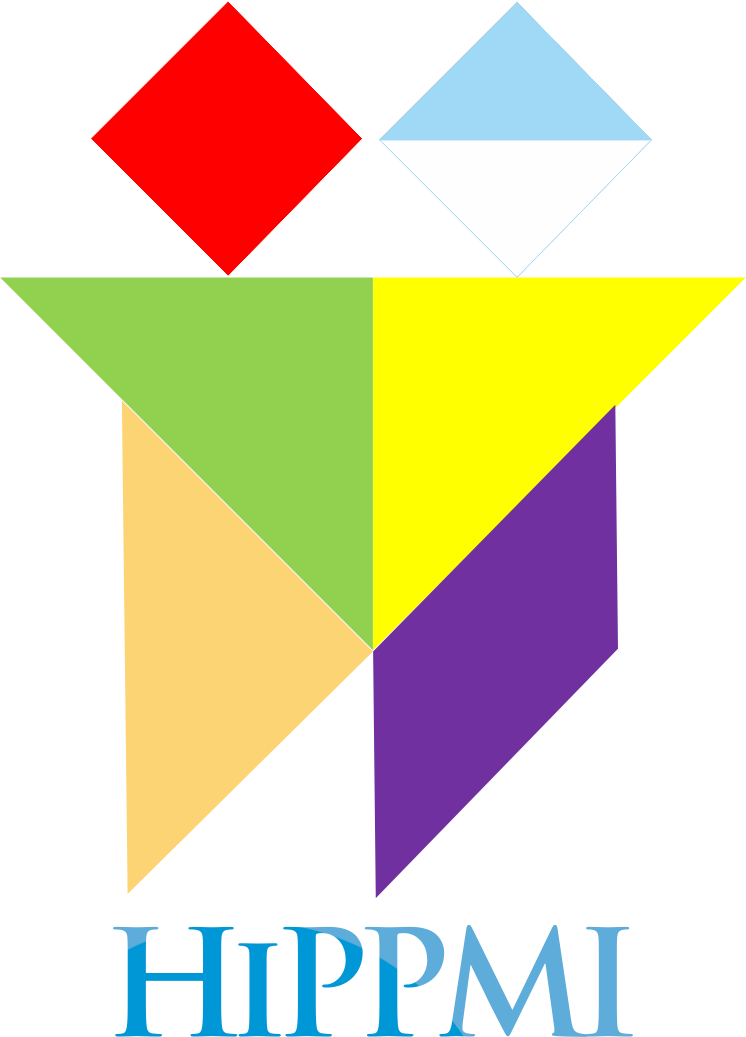PENGARUH PEMBELAJARAN RECIPROCAL, KOOPERATIF TIPE NHT, DAN LANGSUNG TERHADAP KEMAMPUAN PEMAHAMAN MATEMATIS SISWA SMP
Abstract
Abstrak: Penelitian ini dilakukan untuk meningkatkan kemampuan pemahaman matematis yang merupakan fondasi pada pembelajaran matematika sebagai perkembangan ilmu-ilmu lain, sehingga pemahaman matematis perlu dikembangkan dengan model pembelajaran yang tepat. Tujuan penelitian ini untuk menjawab apakah terdapat perbedaan kemampuan pemahaman matematis antara siswa yang memperoleh model pembelajaran reciprocal, pembelajaran kooperatif tipe NHT, dan pembelajaran langsung serta untuk mengetahui kemampuan pemahaman matematis mana yang lebih tinggi di antara kelas yang mendapat pembelajaran reciprocal, pembelajaran kooperatif tipe NHT, dan pembelajaran langsung. Penelitian ini dilaksanakan di suatu SMP Negeri di Bekasi. Hasil penelitian menunjukan bahwa terdapat perbedaan kemampuan pemahaman matematis antara siswa yang memperoleh model pembelajaran reciprocal, model pembelajaran kooperatif tipe NHT, dan model pembelajaran langsung. Kemampuan pemahaman matematis siswa yang memperoleh model pembelajaran reciprocal lebih baik daripada kemampuan pemahaman matematis siswa yang memperoleh model pembelajaran kooperatif tipe NHT dan model pembelajaran langsung.
Abstract: The study was conducted to improve the students’ ability of mathematical understanding as a foundation for mathematics learning to serve other sciences, so that mathematical understanding should be developed by using appropriate learning models. The purpose of this study is to know “are there any differences in students’ mathematical understanding among students who obtain reciprocal learning models, cooperative learning of NHT type, and the direct instruction, and to determine the level of students’ mathematical understanding, which one the highest among three group of students: reciprocal learning class, cooperative learning of NHT type class, and direct instruction class.The research was carried out in a SMP Negeri in Bekasi. The results showed that there were differences in the students’ understanding of mathematical skills among students who obtain reciprocal learning, a cooperative learning of NHT type, and direct instruction. Mathematical understanding of students who learned using reciprocal learning is better than the students who learned using cooperative learning of NHT type, and direct instruction.
Keywords
Full Text:
PDFReferences
Depdiknas. (2007). Kajian Kebijakan Kurikulum Mata Pelajaran Matematika. Jakarta: Pusat Kurikulum Balitbang Depdiknas.
Furner, M. J., dan Kumar, D. D. (2007). The Mathematics and Science Integration Argument: A Stand for Teacher Education. Eurasia Journal of Mathematics, Science & Technology Education, Vol. 3 Number 3, (185-189).
Jihad, A., dan Abdul, H. (2008). Evaluasi Pembelajaran. Yogyakarta: Multi Pressindo.
Lie, A. (2005). Cooperative Learning Mempraktikkan Cooperative Learning di Ruang-ruang Kelas. Jakarta: PT Gramedia.
O’Connel, S. (2007). Introduction to Connection. Boston: Heinemann.
Palincsar. (1986). Reciprocal Teaching [online]. Tersedia: http://www.ncrel.org/sdrs/areas/ issues/students/atrisk/at6lk38.html. Diakses pada 20 November 2010.
________., & Brown, A. (1986). Teacher’s corner: what is reciprocal teaching. [Online]. Tersedia: http://team.lacoe.edu/documentation/classroom/patti/2-3/teacher/resources/ reciprocal.html. Diakses pada 21 Desember 2010.
Suherman, E., dkk. (2003). Strategi Pembelajaran Matematika
Kontemporer. Bandung: JICA-Universitas Pendidikan Indonesia.
Wahyudin. (2008). Pembelajaran dan Model Pembelajaran pelengkap untuk meningkatkan kompetensi pedagogis para guru dan calon guru profesional. Bandung: Tidak diterbitkan.
DOI: https://doi.org/10.17509/sigmadidaktika.v1i2.49418
Refbacks
- There are currently no refbacks.
e-ISSN: 2987-3894
p-ISSN: 2252-7435
This work is licensed under a Creative Commons Attribution-ShareAlike 4.0 International License.









